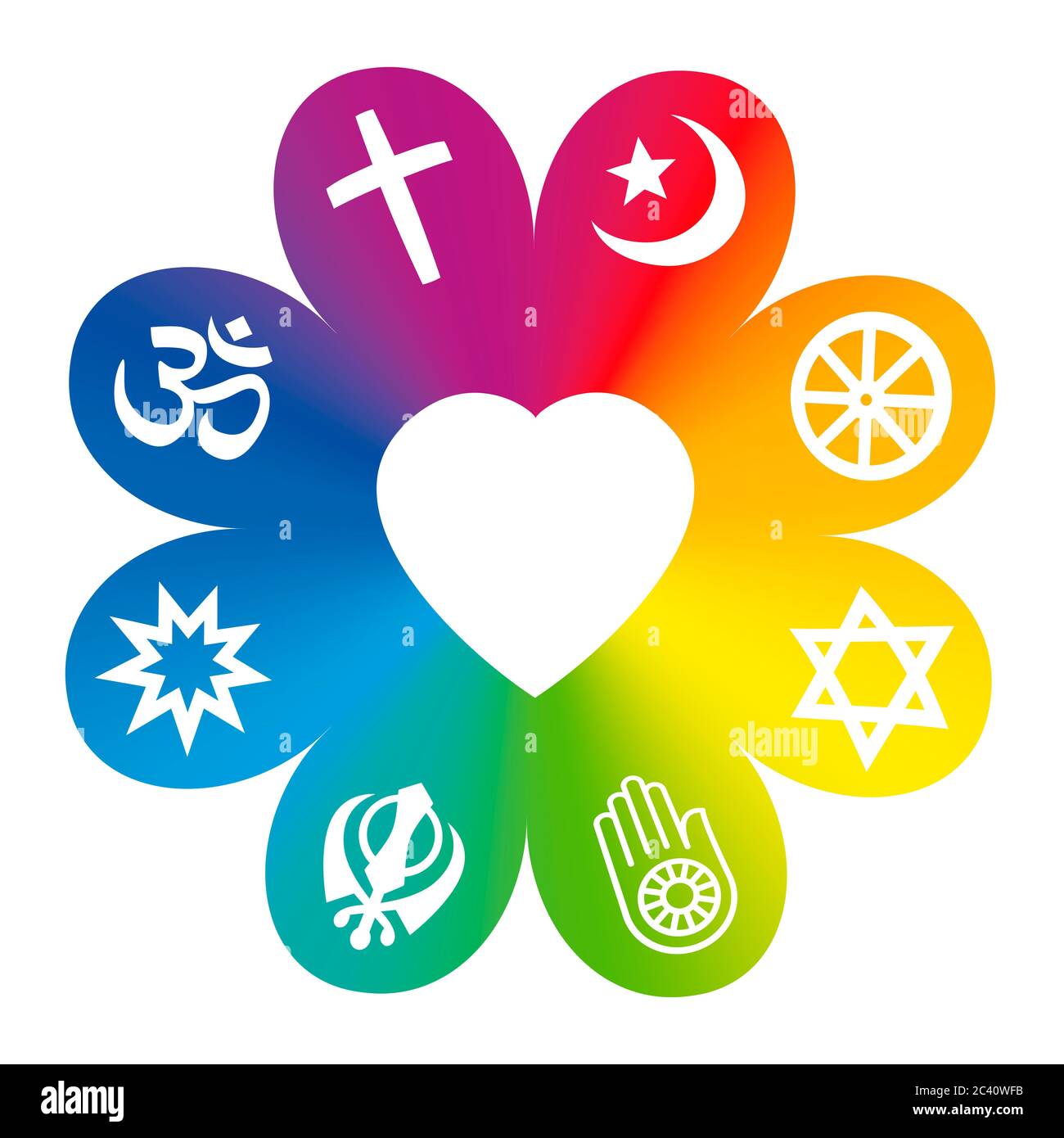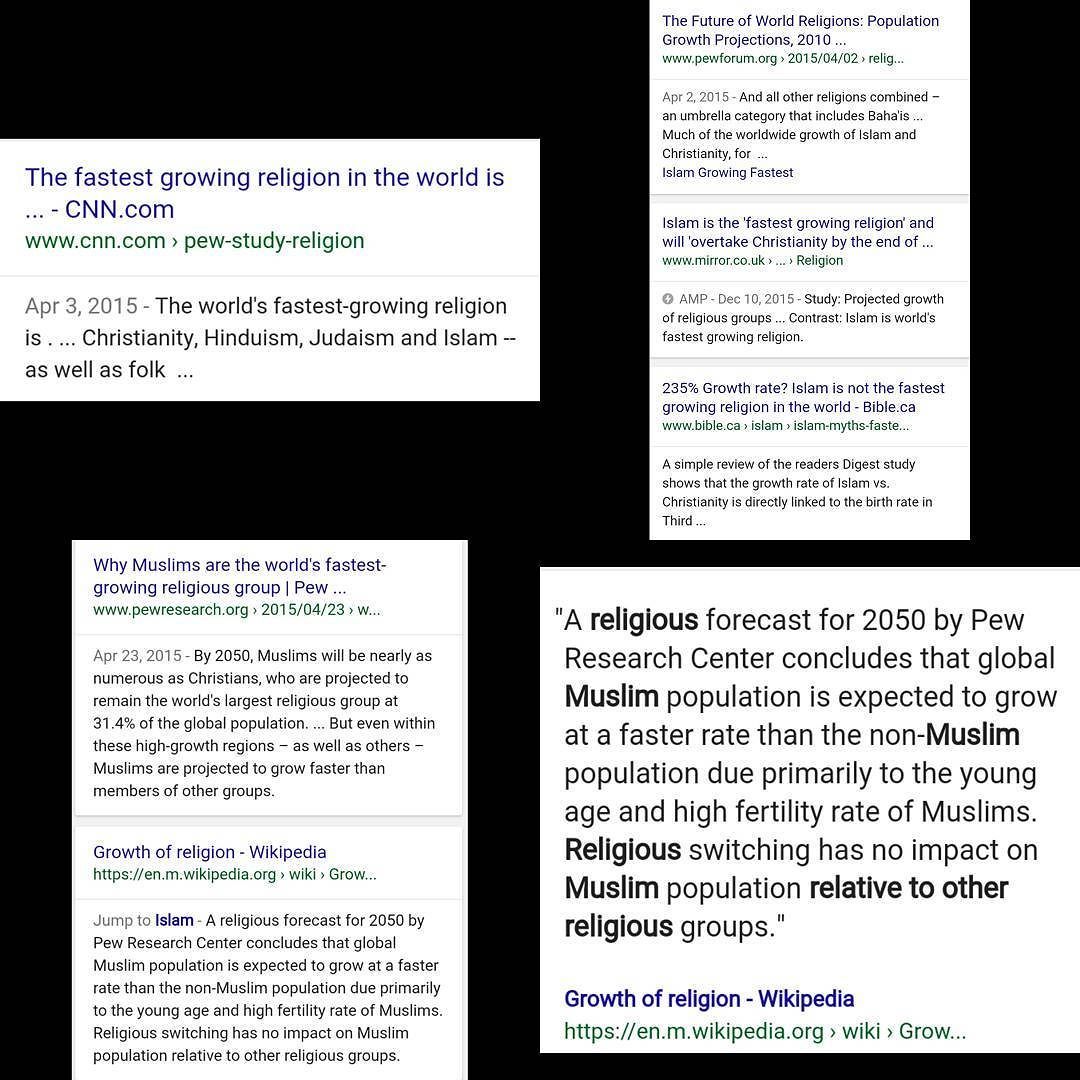How Buddhism Rejected the Caste System and Sought to End Human Suffering
Introduction
The rigid caste system in ancient India divided society into hierarchical groups, restricting social mobility and opportunity based on birth. Amidst this deeply entrenched social structure, a transformative spiritual movement arose, fundamentally challenging these norms and calling for the end of human suffering. This article explores how Buddhism, uniquely among the major Indian religions, broke with the caste system and promoted a philosophy of equality and compassion, offering detailed guidance on understanding and accessing its teachings.
The Caste System in Ancient India
The caste system in India, known as
varna
and later refined into thousands of sub-castes or
jati
, organized society into four broad groups: Brahmins (priests), Kshatriyas (warriors), Vaishyas (merchants), and Shudras (laborers). Outside this system were the Dalits, or ‘untouchables,’ who were marginalized and subjected to severe discrimination. The system dictated one’s occupation, social interactions, and even access to religious and educational opportunities. Over the centuries, the caste hierarchy became increasingly rigid, sanctioned by religious texts and enforced by social custom
[2]
.
Buddhism: Breaking with the Caste System
Buddhism emerged in the 5th century BCE, during a period when Brahmanism (a predecessor to Hinduism) dominated Indian society and upheld the caste hierarchy [3] . Siddhartha Gautama, later known as the Buddha, was born into the Kshatriya (warrior) caste but was deeply troubled by the pervasive suffering he observed, including the suffering caused by caste-based discrimination. The Buddha’s teachings directly challenged the legitimacy of the caste system in several ways:
- Rejection of Birth-Based Status: The Buddha asserted that a person’s worth was determined by their actions (karma) and ethical conduct, not by birth. He famously declared, “By birth one is not an outcaste, by deeds alone one is an outcaste; by birth one is not a Brahmin, by deeds alone one is a Brahmin” [4] .
- Open Community: The Buddhist monastic community (Sangha) was open to all, regardless of caste. People from any background, including those considered ‘untouchables,’ could join the Sangha, practice the teachings, and pursue spiritual liberation [1] .
- Critique of Social Inequality: The Buddha criticized the theological and social justifications for caste-based hierarchy. He promoted the idea that moral and spiritual development, not social status, was the true measure of a person.
These principles represented a radical departure from prevailing norms and inspired many from marginalized groups to seek empowerment and dignity through Buddhism [5] .
Buddhism’s Call to End Human Suffering
Central to Buddhism is the aim of ending human suffering. The Buddha taught the Four Noble Truths:
- Life entails suffering (dukkha).
- Suffering is caused by desire and attachment.
- It is possible to end suffering.
- The path to end suffering is the Noble Eightfold Path, which includes right understanding, intention, speech, action, livelihood, effort, mindfulness, and concentration.
Unlike traditions that justified social suffering as inevitable or divinely ordained, Buddhism provided practical guidance for individuals of any background to overcome suffering through ethical living and mental discipline [3] .
Accessing Buddhist Teachings and Community
If you wish to learn more about Buddhist philosophy and its approach to social equality, you can:
- Visit Local Buddhist Centers: Many cities have Buddhist temples or centers that offer meditation classes, study groups, and public talks. Participation is typically open to all, and you can inquire about their programs by searching for “Buddhist center near me” or contacting local interfaith organizations.
- Study Online Resources: Reputable websites such as BuddhaNet provide a wealth of free resources on Buddhist teachings, history, and ethical philosophy. You can access essays and guided meditations on their site [1] .
- Read Buddhist Texts: Many classical Buddhist texts, such as the Dhammapada and the teachings of the Buddha, are available in libraries and online archives. Begin with introductory books or guided readings recommended by established Buddhist organizations.
- Attend Public Events: Buddhist festivals, meditation retreats, and cultural events often welcome newcomers. These events provide opportunities to meet practitioners and learn about the religion’s commitment to equality and compassion.
Challenges and Alternative Approaches
While Buddhism’s rejection of caste provided a powerful alternative to social hierarchy, the broader society was slow to change. In some regions, elements of caste-based discrimination persisted even among Buddhist converts, especially as Buddhism spread to areas with entrenched social customs [3] . Other religious movements, such as Jainism, also criticized caste distinctions, though their impact on caste abolition was less pronounced [5] .
For those seeking to address social inequality today, there are additional strategies:

Source: depositphotos.com
- Support Social Justice Organizations: Many NGOs and community groups in India and worldwide work to reduce caste-based discrimination. You can get involved by volunteering, donating, or raising awareness.
- Engage in Interfaith Dialogue: Dialogues between religious communities often explore ways to promote equality and counter discrimination. Participating in such discussions fosters understanding and collective action.
- Advocate for Policy Change: In India, legal reforms have sought to dismantle caste barriers, including affirmative action policies and anti-discrimination laws. Engaged citizens can support these initiatives by staying informed and participating in civic advocacy.
Key Takeaways for Individuals and Communities
If you are interested in exploring a spiritual path that affirms human equality and actively works to end suffering, Buddhism provides a tested framework. Here’s how you can get started:

Source: thestudyaide.blogspot.com
- Visit your local Buddhist center to learn about meditation, ethical living, and community service.
- Read introductory materials on the Four Noble Truths and the Noble Eightfold Path, available through established Buddhist organizations.
- Consider participating in meditation retreats or study courses, which are offered by many Buddhist communities worldwide.
- Engage in conversations about social equality and support initiatives that work towards ending discrimination.
While the caste system has deep historical roots, the Buddhist approach offers a practical and ethical alternative that remains relevant for individuals and societies striving for justice and compassion today.
References
- [1] BuddhaNet (2024). Dharma Data: The Caste system – Buddhist Studies.
- [2] Wikipedia (2024). Caste system in India.
- [3] Wikipedia (2023). Buddhism and caste.
- [4] BuddhaNet (2022). Life of Buddha: Buddha on the Caste System.
- [5] Cal Poly Digital Commons. History of the Indian Caste System and its Impact on India Today.
MORE FROM cheerdeal.com













